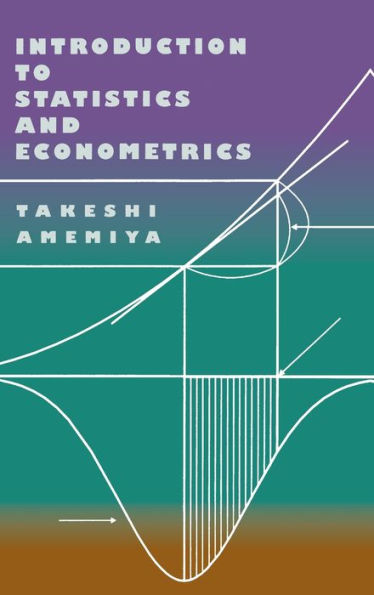5
1
9780674462250



Introduction to Statistics and Econometrics / Edition 1 available in Hardcover

Introduction to Statistics and Econometrics / Edition 1
- ISBN-10:
- 0674462254
- ISBN-13:
- 9780674462250
- Pub. Date:
- 04/28/1994
- Publisher:
- Harvard University Press
- ISBN-10:
- 0674462254
- ISBN-13:
- 9780674462250
- Pub. Date:
- 04/28/1994
- Publisher:
- Harvard University Press

Introduction to Statistics and Econometrics / Edition 1
$102.0
Current price is , Original price is $102.0. You
102.0
In Stock

Product Details
| ISBN-13: | 9780674462250 |
|---|---|
| Publisher: | Harvard University Press |
| Publication date: | 04/28/1994 |
| Edition description: | New Edition |
| Pages: | 384 |
| Product dimensions: | 6.12(w) x 9.25(h) x 1.30(d) |
From the B&N Reads Blog

